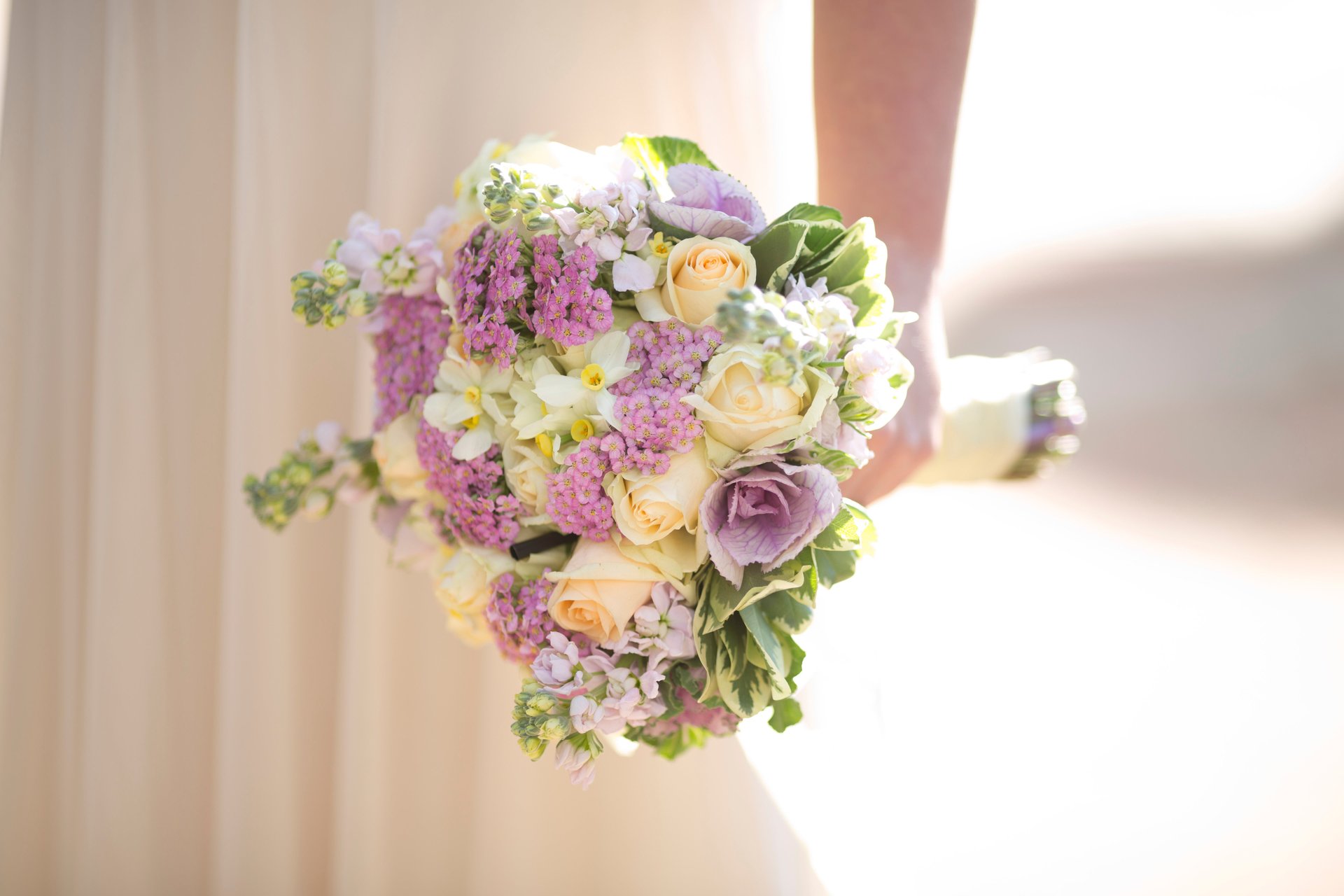Young Americans are racking up debt for Instagrammable weddings
Debt-saddled Americans are giving rise to a new industry of financial tech companies: Those that provide loans for cash-strapped couples to pay for their weddings. The Washington Post reports that these companies—amongst them Prosper, Upstart, and Earnest—are offering five-figure-plus loans with up to 30% interest. Unlike other types of personal loans (which, in 2019, typically have interest rates between 5% and 36%, according to personal finance site Value Penguin), these loans are specifically for brides and grooms to help pay for their special day.


Debt-saddled Americans are giving rise to a new industry of financial tech companies: Those that provide loans for cash-strapped couples to pay for their weddings. The Washington Post reports that these companies—amongst them Prosper, Upstart, and Earnest—are offering five-figure-plus loans with up to 30% interest. Unlike other types of personal loans (which, in 2019, typically have interest rates between 5% and 36%, according to personal finance site Value Penguin), these loans are specifically for brides and grooms to help pay for their special day.
According to the Post, these lenders say that, already in 2019, they have issued up to four times as many “wedding loans” as they did last year for couples paying for their own weddings.
What’s driving this trend? It seems to be the confluence of several different factors. First, the majority of those taking out wedding loans are millennials, a demographic that is under substantially more financial pressure than previous generations. Millennials are spending more money on things like education (or, rather, paying off student debt), healthcare, and rent; their average net worth is $8,000, 34% less than Americans of the same age 20 years ago. That leaves a lot less money to spend on extravagant nuptials.
On top of that, the average cost of a wedding is rapidly rising. According the Brides‘ 2018 American Wedding Study, a wedding in 2017 cost around $27,000. A year later, in 2018, that number nearly doubled to $44,000.

Adding to that cost is the so-called “wedding tax,” the premium that party vendors—such as photographers, caterers, and florists—place on a product or service when its meant for a wedding.
It’s perhaps the rise in the cost of wedding—paired with the fact that couples are marrying later in life—that has led to a shift in how American families actually pay for weddings. According to wedding industry site Brides.com, tradition holds that the bride’s family writes the check. But per the site’s 2016 American Wedding Study, 73% of couples are now paying for or chipping in for their own weddings. Conceivably, there has also been a change in values that affects who bankrolls the affair: women are more often becoming financially independent before they get married, so they don’t have to rely on their parents’ budget to achieve the blowout of their dreams.
The last, and perhaps most insidious, factor: the advent of social media and its effect on weddings. The fervor for increasingly extravagant weddings has no doubt been fueled by wedding culture on platforms like Pinterest, Instagram, and Facebook. It’s in these spaces where the aspiration for an out-of-this world wedding festers; influencers—many of whom have their weddings wholly financed by the brands they partner with—are wont to share the whole affair on a highly-curated feed.
Indeed, entire weddings and honeymoons have been faked as a PR stunts. Just today (June 20), the Atlantic reported that an influencer’s “surprise wedding” and the viral proposal that preceded it was actually pitched to brands like Goop and Flywheel for sponsorship months prior.
And as the Post notes, the loans themselves are marketed as a way “to fund extras like custom calligraphy, doughnut displays and ‘Instagram-worthy‘ venues.”
The result of all this? You guessed it—more debt. Many couples who choose to spend on a wedding defer or forgo investment in their financial future, which can be unwise financial decision to make in your 20s or 30s, where you’re money is probably better spent on long-term investments. As personal finance expert Stefanie O’Connell told the Post: “You could spend $30,000 on a one-day celebration, or you could use it to put a down payment on a house. These loans sound great when you’re planning your wedding, but afterward, I hear a lot of regret.”
It’s unclear if the wedding industrial complex will continue snowballing, but considering the current state of affairs—and the way lenders are capitalizing on it—it seems that weddings aren’t going to be getting much cheaper anytime soon.